Cheese Industry (치즈인더스트리[치즈공업사])
6.0Km 2023-08-23
Supyo-ro 28-gil 33-7, Jongno-gu, Seúl
Oncheonjip Ikseon (온천집 익선)
6.0Km 2023-08-09
Donhwamun-ro 11-nagil 31-8, Jongno-gu, Seúl
Meongseokjip (멍석집)
6.0Km 2021-03-29
7, Donhwamun-ro 11da-gil, Jongno-gu, Seoul
+82-2-766-4620
This restaurant is frequently used as a place for group dinners by office workers. This restaurant's signature menu is grilled pork belly. This Korean dishes restaurant is located in Jongno-gu, Seoul.
Cheongsudang Bakery (청수당 베이커리)
6.0Km 2023-09-11
Donhwamun-ro 11-nagil 31-9, Jongno-gu, Seúl
Chanyangjip (찬양집)
6.0Km 2021-03-29
5, Donhwamun-ro 11da-gil, Jongno-gu, Seoul
+82-2-743-1384
A popular attraction since the early 1970’s, this rather shabby and hard-to-spot restaurant has attracted many customers with its representative menu item, haemul kalguksu (seafood noodle soup). The soup is delicious and plenty enough for a hearty meal compared to its relatively low price. The noodles are chewy as they are freshly prepared every day and the clam-broth soup is full of flavor. The appearnce of this restaurant may seem old, but it's a recommended spot for a simple and delicious meal.
Moonguesthouse [Korea Quality] / 문게스트하우스 [한국관광 품질인증]
6.0Km 2020-09-09
31-18, Samil-daero 32-gil, Jongno-gu, Seoul
+82-2-745-8008, +82-10-8704-9981
The Moon Guesthouse is situated near a number of interesting tourist destinations including Unhyeongung Palace (3min on foot), Bukchon Hanok Village (5min on foot), Changdeokgung Palace (5min on foot), and Changgyeonggung Palace (10min on foot). The guesthouse was named ‘moon’ (‘door’ in English) because it has many 176 doors and windows. Upon entering by the gate, visitors will see a ‘ㄷ’-shaped hanok building in the courtyard, in which a wooden bedstead and a table are placed. On the opposite of the hanok building there is a wall roofed with tiles engraved with Korean patterns such as deer, pine, turtle, etc. Flowers in the flowerbed lined up along the wall are in bloom and the bonsai are also well-kept in the house. Renovated and opened as a guesthouse in September 2011, Moon Guesthouse consists of a bonchae (main building) and a byeolchae (detached house). The rooms are decorated with red clay and hanji (traditional Korean paper handmade from mulberry trees), and have under-the-floor heating (ondol). Each room is equipped with an air-conditioner, and has a 40cm-thick layer of red clay over the ceiling for insulation, making the rooms cool in summer and warm in winter. The house has seven individual guestrooms and five modern bathrooms, but the entire building (bonchae or byeolchae) can be rented, too. In particular, the unhyeondang of the bonchae is very popular as it can be converted into one large space for special events, group workshops, etc. simply by opening all the sliding doors (Bunhapmun – Goryeo construction style). This room, which is decorated with a flower-patterned windscreen, a landscape painting, and calligraphy, has been used as a shooting location for various TV programs including KBS2’s TV reality program Man’s Qualification and its variety show The Human Condition. The guestrooms are also equipped with traditional furniture including a cabinet inlaid with mother-of-pearl. The guesthouse also provides a variety of experience programs from 11am to 3pm, including tea ceremony, wearing Hanbok (traditional Korean clothes), making kimchi and gochujang (red chili paste), playing a traditional musical instrument, making a rubbing of a stone inscription, calligraphy, drawing orchids on a fan, and so on. The house has about seventy hanbok and other clothing accessories, as well as a royal costume. Its calligraphy and drawing orchid programs are run directly by the owner, who used to work as a classical Chinese teacher at a high school.
Sigoljeonjip (시골전집)
6.0Km 2021-03-19
123, Jong-ro, Jongno-gu, Seoul
+82-2-742-8525
This Korean cuisine is located near Jongno 3(sam)ga Station, Seoul. The representative menu is seafood and green onion pancake. Enjoy delicious food at affordable prices.
Well-being Sujebi (웰빙수제비)
6.0Km 2021-03-26
123, Jong-ro, Jongno-gu, Seoul
+82-2-747-2436
A hidden restaurant frequented by workers in Jongno. The best menu at this restaurant is hand-pulled dough in perilla seed soup. This Korean dishes restaurant is located in Jongno-gu, Seoul.
Ikseon-dong (익선동)
6.0Km 2023-01-17
Ikseon-dong, Jongno-gu, Seúl
Templo Hwagyesa en Seúl (화계사(서울))
6.0Km 2021-11-29
Hwagyesa-gil 117, Gangbuk-gu, Seúl.
El templo Hwagyesa, bajo la orden Chogye del budismo coreano, se ubica en los pies del monte Samgaksan en Suyu-dong, Gangbuk-gu, Seúl. Aunque se localiza en la capital, el encantador paisaje de su alrededor crea un escenario que permite escaparse de la vida urbana. Construido en el año 1522 (el 17º año del reinado del rey Jungjong de la dinastía Joseon) por el monje Shinwol, fue destruido por un incendio el 1618. En 1866 (el 3º año del reinado del rey Gojong), se reconstruyó con soporte financiero de la corte real. El templo fue construido con un estilo arquitectónico antiguo, junto con Daeungjeon, el santuario principal (Bien Cultural Tangible), el santuario Myeongbujeon, el pabellón Samseonggak, el santuario Cheonbulobaekseongjeon, el pabellón de la campana del templo, la torre Bohwaru y la torre Hakseoru. Un pequeño manantial, llamado Oktakcheon, localizado en el valle (Hwagyeogol) más allá del templo Hwagyesa, es famoso por los poderes curativos sobrenaturales de enfermedades de la piel y el estómago. Una leyenda dice que el manantial fue formado con los picotazos de los cuervos en las rocas.
![Cheese Industry (치즈인더스트리[치즈공업사])](http://tong.visitkorea.or.kr/cms/resource/67/2997867_image2_1.jpg)
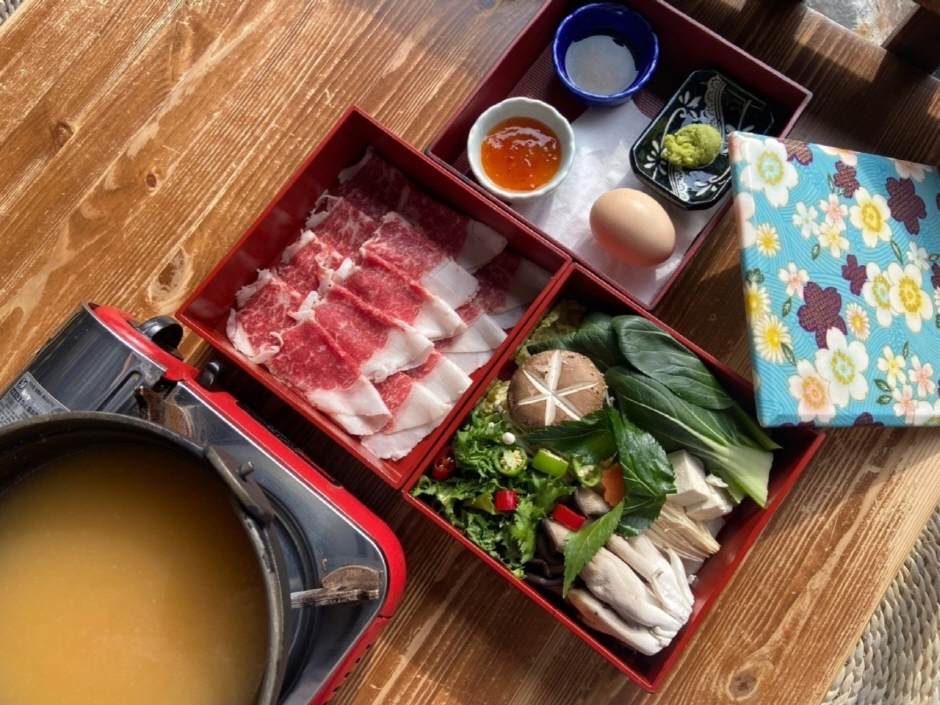
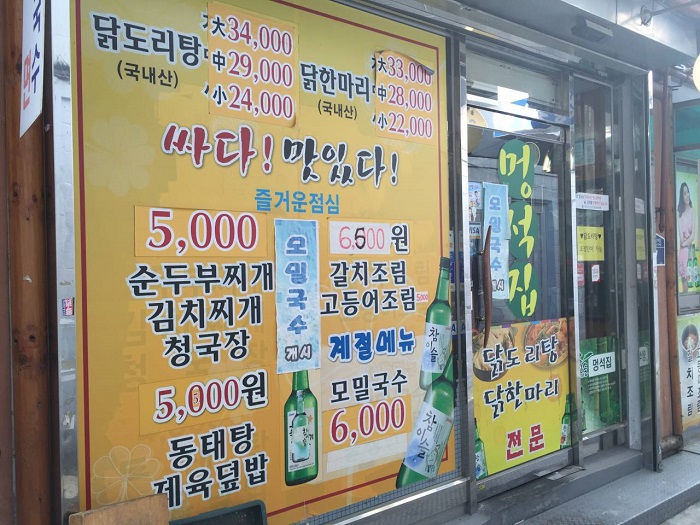
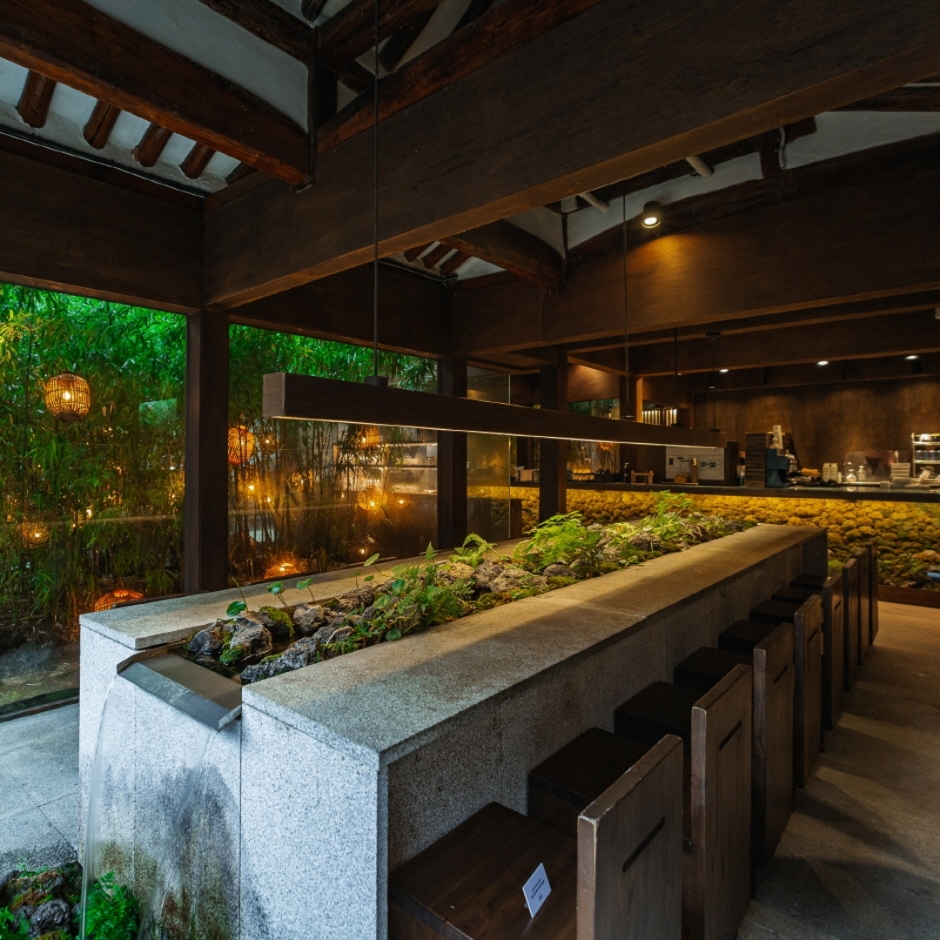

![Moonguesthouse [Korea Quality] / 문게스트하우스 [한국관광 품질인증]](http://tong.visitkorea.or.kr/cms/resource/09/2577509_image2_1.jpg)
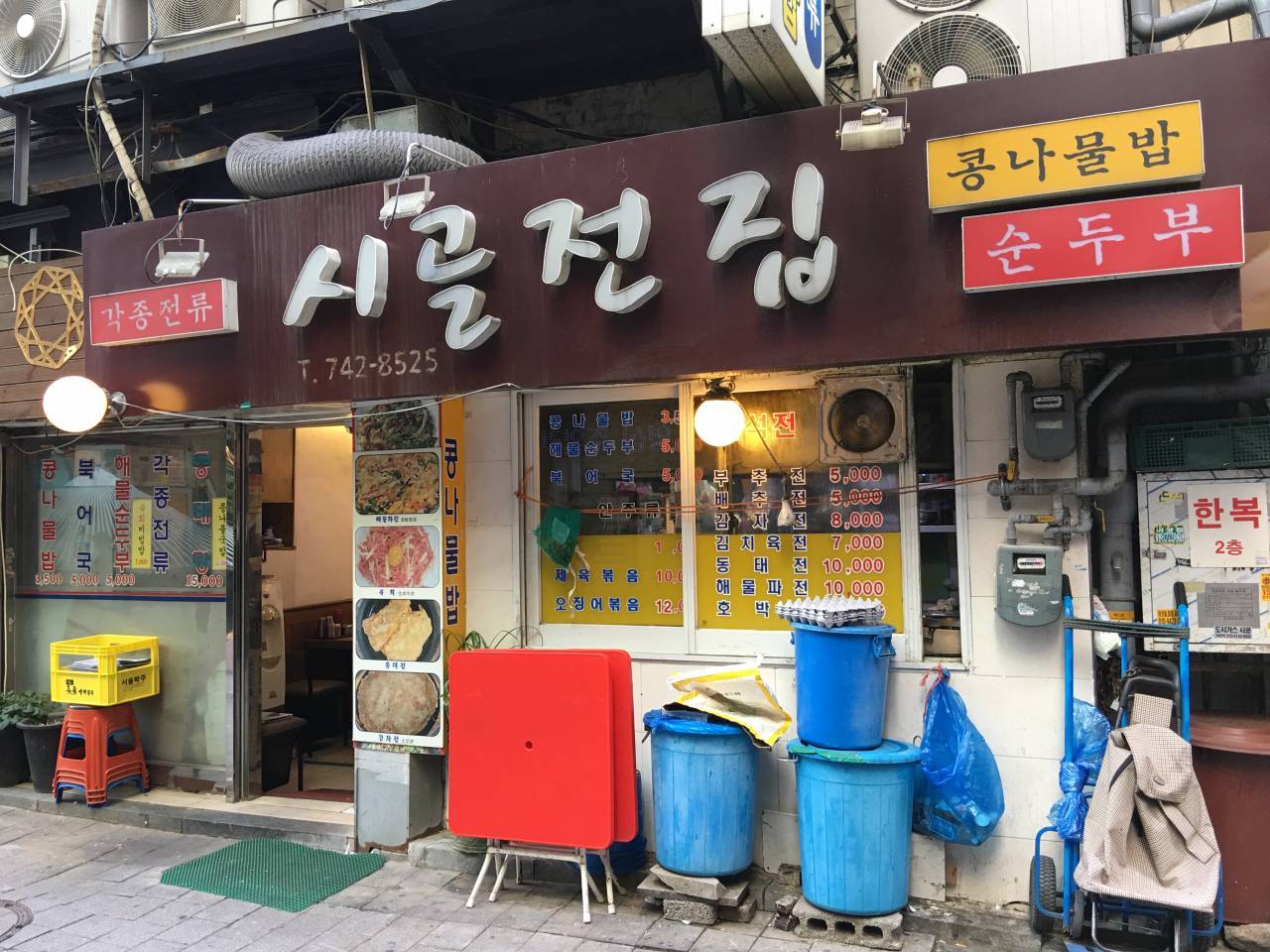
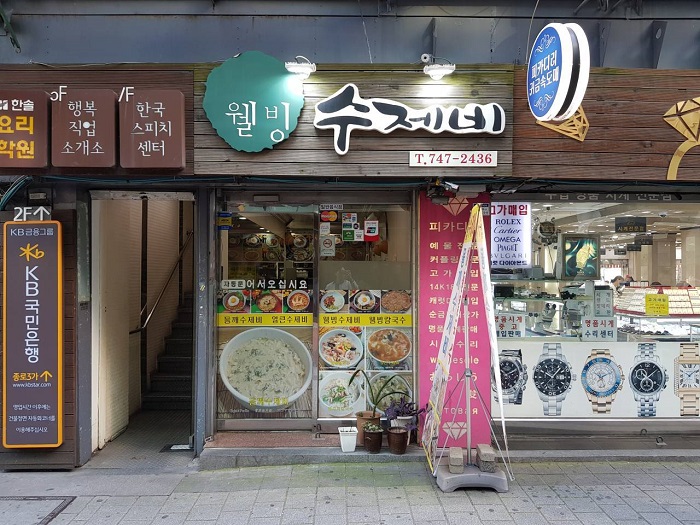
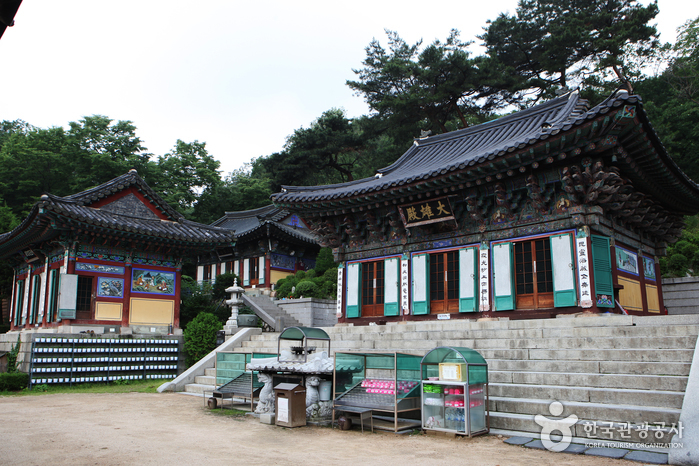
 Español
Español
 한국어
한국어 English
English 日本語
日本語 中文(简体)
中文(简体) Deutsch
Deutsch Français
Français Русский
Русский